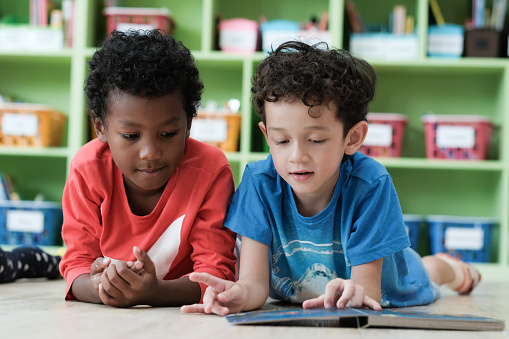There are several effects of the pandemic on education that have fascinated me. If you’re a regular reader here, you know that I did teach in high school for 30+ years, but now I teach in a community college. I love teaching and this gives me the opportunity to stay connected to education. Last year, I taught online and asynchronously – that means that all of the materials for the class were available online such as the text, extra materials, tests, and presentations, and everything was available whenever the student wanted to access the course. I could tell when students had gone online, but unless the student directly contacted me, I had no way of knowing whether the student was actually interacting with the material or just turning on the computer. My students did email me a great deal and at one point, we had a Zoom session so that students could ask questions prior to the final exam, but generally, I had no personal contact with them.
This spring, the head of my department asked if I would teach online and synchronously – that means that the students must actually “attend” class, hearing lectures in real time. That will give them the opportunity to ask questions and hear their classmates ask questions. In addition, students will be able to hear presentations on various topics from classmates and from class guests. Basically, this is as close to a face-to-face (F2F) class as it gets. I was thrilled to be asked and signed up immediately. My class is not yet listed for the fall and it is already full (actually overfull, not sure how I have 31 students when the limit is 30). The head recently asked me if I would teach an F2F class because so many students want to get back in the classroom. I would love to, but I have moved and now live a bit too far from the main campus and we’re not offering F2F classes at the satellite campus where I usually teach.
I asked her why my class was full, and why they’re offering F2F classes. She replied that students know they learn better in class, and they want that experience. I am thrilled that my students want the full classroom experience, and I’m going to do my best to give it to them, even though I have to use Zoom for the fall semester. We will be connected in real time!
I faced a second part of the pandemic problem when a friend from a private secondary school called me to ask if I could help them this fall. It seems that they have more boys than girls signed up, and they’re anticipating some issues. I’m happy to help them figure out what’s going on, and what they need to do. In general, when school went virtual, girls did their work. They didn’t like it, but they did it. Boys, on the other hand, who need connections to their teachers and classmates, did well at the beginning, but as the year went on, disconnected from the educational experience. Their parents see this, and worry about how much the students have lost over the school year, so they want their boys in a structured environment. Not a problem as long as the teachers are ready to deal with these issues.
Interestingly enough, Harvard is concerned about the same problem with students who are entering as freshmen this fall, especially since it’s very hard to determine how students who have not been in a traditional classroom will do in a university setting. This is complicated by the lack of standardized tests, both state standard tests and the ones offered by the ACT and the SAT.
Educators are facing the problems of the pandemic, so how can you help your son? Simply, get him to read. Yes, I know that can be a struggle, but start with good graphic novels. Shoot, start with bad graphic novels because the point is to read words and turn pages. It’s likely to be hot outside, so he’ll like being inside in the air-conditioning. Have him invite a buddy over to read with him. Offer lemonade, cookies, or some other enticement. As you dish out the treats, ask them about the books they are reading – be specific, if you ask a vague question, you will get a vague answer.
Try questions like:
1. Who is the meanest character in the book? Why do they think that?
2. Where does the story take place? Do they think the story could take place in another place or at another time?
3. If the book is a graphic, do they think the art properly represents the story? Is there anything missing?
4. What do they think happens after this story is over? Challenge them make up a sequel.
5. If the book isn’t a graphic, give them paper and supplies, and challenge them to draw pictures to go with the story.
The point is to ask them questions which make them think about the story rather than just retell what happens. More importantly, you are asking their opinion about what they are reading, and then asking them what their evidence is for their thinking. That is the key point, learning to support your beliefs with specific information is what teachers want students to learn to do. You can help by teaching this skill outside of class. Actually, anytime your son has an opinion, ask him why he believes what he does. We all need that skill.
Good luck! If you have suggestions for good books for boys to read, or ones your own children have liked, share them with other readers. Thanks.
